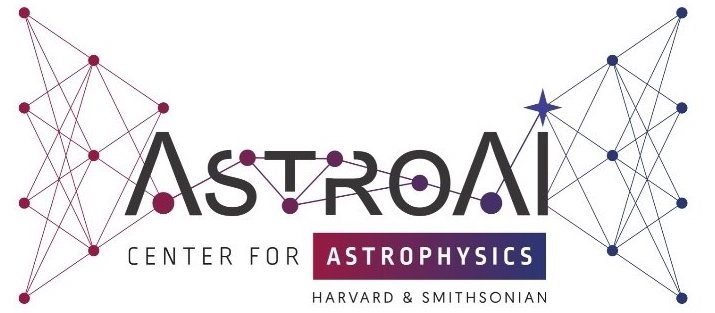AstroAI Workshop 2025
Steven Dillmann
Representation Learning for X-ray Transients
Presenter: Steven Dillmann
Title: Representation Learning for X-ray Transients
Date/Time: Monday, July 7th, 3:30 - 5:00 PM
Abstract: We present a novel representation learning method for downstream tasks like anomaly detection, unsupervised classification, and similarity searches in high-energy data sets. This enabled the discovery of a new extragalactic fast X-ray transient (FXT) in Chandra archival data, XRT 200515, a needle-in-the-haystack event and the first Chandra FXT of its kind. Recent serendipitous discoveries in X-ray astronomy, including FXTs from binary neutron star mergers and an extragalactic planetary transit candidate, highlight the need for systematic transient searches in X-ray archives. We introduce new event file representations, E-t maps and E-t-dt cubes, that effectively encode both temporal and spectral information, enabling the seamless application of machine learning to variable-length event file time series. Our unsupervised learning approach employs PCA or sparse autoencoders to extract low-dimensional, informative features from these data representations, followed by clustering in the embedding space with DBSCAN. New transients are identified within transient-dominant clusters or through nearest-neighbour searches around known transients, producing a catalogue of 3559 candidates (3447 flares and 112 dips). XRT 200515 exhibits unique temporal and spectral variability, including an intense, hard <10 s initial burst, followed by spectral softening in an ~800 s oscillating tail. We interpret XRT 200515 as either the first giant magnetar flare observed at low X-ray energies or the first extragalactic Type I X-ray burst from a faint, previously unknown low-mass X-ray binary in the LMC. Our method extends to data sets from other observatories such as XMM–Newton, Swift-XRT, eROSITA, Einstein Probe, and upcoming missions like AXIS.
